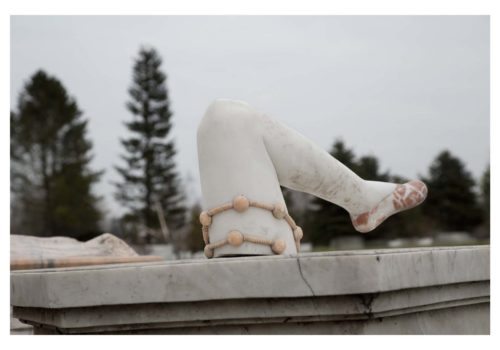At all times every new political or financial elite feels a need for self-identification with classical culture. Thus, it demonstrates its legitimacy and accentuates the appropriateness of its inheritance of previous epoch.
After conquering ancient Greece Romans began to reproduce Greek sculptures. Greek culture treated those copies, made for the Roman elite, with disregard. For them it was, as we put it now, tasteless . Nonetheless, Roman copies became the examples of high classic culture and the mass character of their production hasn’t made their cultural value less significant. For instance, while building the subway in Rome in the 1930s the constructors discovered a whole factory of copies of Venuses and Apollos which were different only in terms of their state of preservation. All of them went straight to the best museums of Italy. Roman copies served as examples for Renaissance era artists, and their sculptures,and in their turn,they were copied during following epochs. As a result, today in the museum of the Louvre can be seen three equally important copies of Herakles Farnese – from the 16th, 17th and 18th centuries.
Plaster casts, statues made of marble and other materials being sold on the American, European and today also on Russian and Chinese roads are following this tradition. The impetuous rise of a new Russian elite that accumulated enormous amounts of money and power requests another return of the “Romans”. this time in the Moscow region. If the social mechanism of reference to classical art remains the same, then Moscow copies will one day find their place in the museums .
Tim Parchikov was born in Moscow in 1983. He lives and works as independent photographer, cameraman and film director in Moscow and Paris.
Tim Parchikov: Times New Roman (Episode 3: Moscow)
From March 15th to May 7th, 2013
Glaz Gallery
Malaya Ordinka 23
Moscow
Russia
Phone: +7 (495) 978-88-40
Open : Tue-Fri 12-7pm and Sat 1-6pm
















